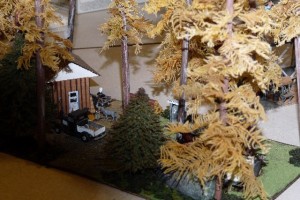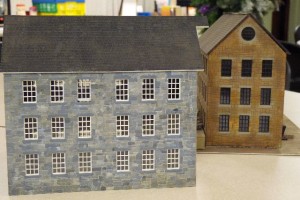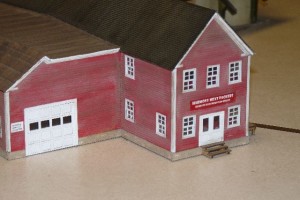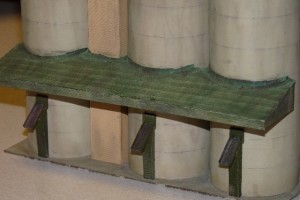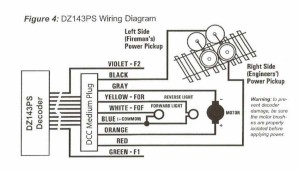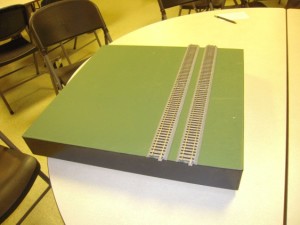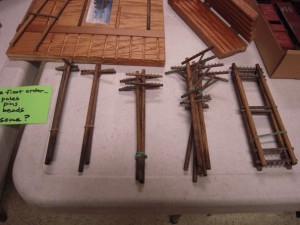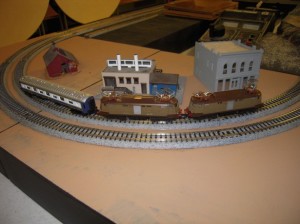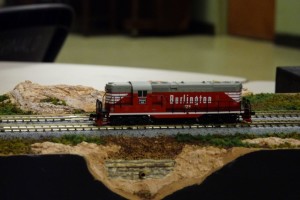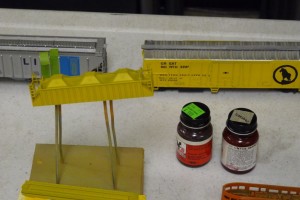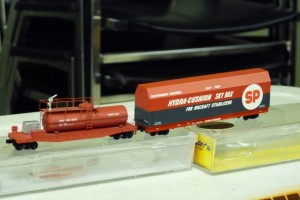By Jeff Moorman / Photos by Jeff Moorman
Please come join us this Thursday (April 5) when our clinic topic will be scratch building turnouts in N scale. The basic techniques are applicable to all scales, so if you can build them in N you can build them in any size. If you have seen Stu R’s turnouts before, then you know these make for good looking track. Stu will be showing us how he does it.
If you were there last month, when he showed us how he uses Cadrail, then you might have gotten a hint of how Stu starts the turnout process. Cadrail can do a lot more than just pretty, scale layout drawings. But, before we talk about some of those other things, here’s what I took away from the demo of layout drawing:
- Like any drawing software, there is a learning curve. If you just want to whip out a quick drawing (without bothering to learn much about the product) then you should probably stick to paper and pencil.
- Once you learn it, it is pretty easy to make changes to an existing plan. The parts that don’t change do not need to be redrawn and you can easily save multiple versions.
- Doing a plan with something like Cadrail seems to lessen the chance that you will cram too much track onto too small of a space. When you draw by hand it is easy to “cheat” on the dimensions (especially for turnouts and turn radii) and then you have a devil of a time physically building and operating the layout.
And here are some other things Stu showed us can be done by Cadrail:
- You can simulate running a train on a layout diagram to check out how the design works and whether the track segments (i.e. pieces of the drawing) are properly connected and aligned.
- You can do scale drawings of buildings, rolling stock, trestles, and etc. You can even do a scale drawing of a turnout – hint, hint.
- You can import a photo with a known dimension and then use Cadrail to measure all the other items in the photo and use that information to construct a scale drawing.
John B brought in some photos of the small logging layout he is building, so we could see what he is doing. It was interesting to see his paper mock-ups of a sawmill and some buildings; also to see some of the buildings under construction.
Dennis T brought an Olympia Beer plug door reefer and a Sante Fe ballast car, both in N scale. He had acquired these on a vacation trip to San Diego. He also had an On3 flanger which he had just cleaned up after getting it some time ago at a clinic mart.
Here are a couple of pictures of the dioramas David C brought to the February clinic and that I wrote about last month:
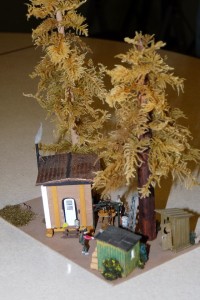
Feb Clinic - Diorama by David C
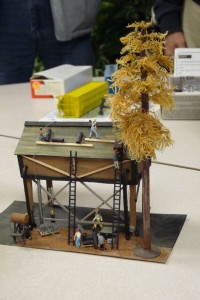
Feb Clinic - Diorama by David C
We meet at the Ronald United Methodist Church, 17839 Aurora Avenue North, Shoreline, WA. That is on the west side of Aurora (State Route 99) between 175th and 185th Streets and more specifically, between the Cadillac dealer on the south and Deseret Industries to the north. You can no longer make cross-traffic turns on Aurora, so you need to be going southbound (so you can make a right-hand turn into the church driveway immediately after passing the Deseret location).
Meetings are the first Thursday of each month, except July and August. In June we usually do a tour. For regular meetings enter the lower level of the church from the parking lot at the rear. Doors open around 7:00 PM and the program starts about 7:30.
Remember the next meeting is April 5 and the one after that is May 3. Hope to see you there or at least sometime on down the line.

